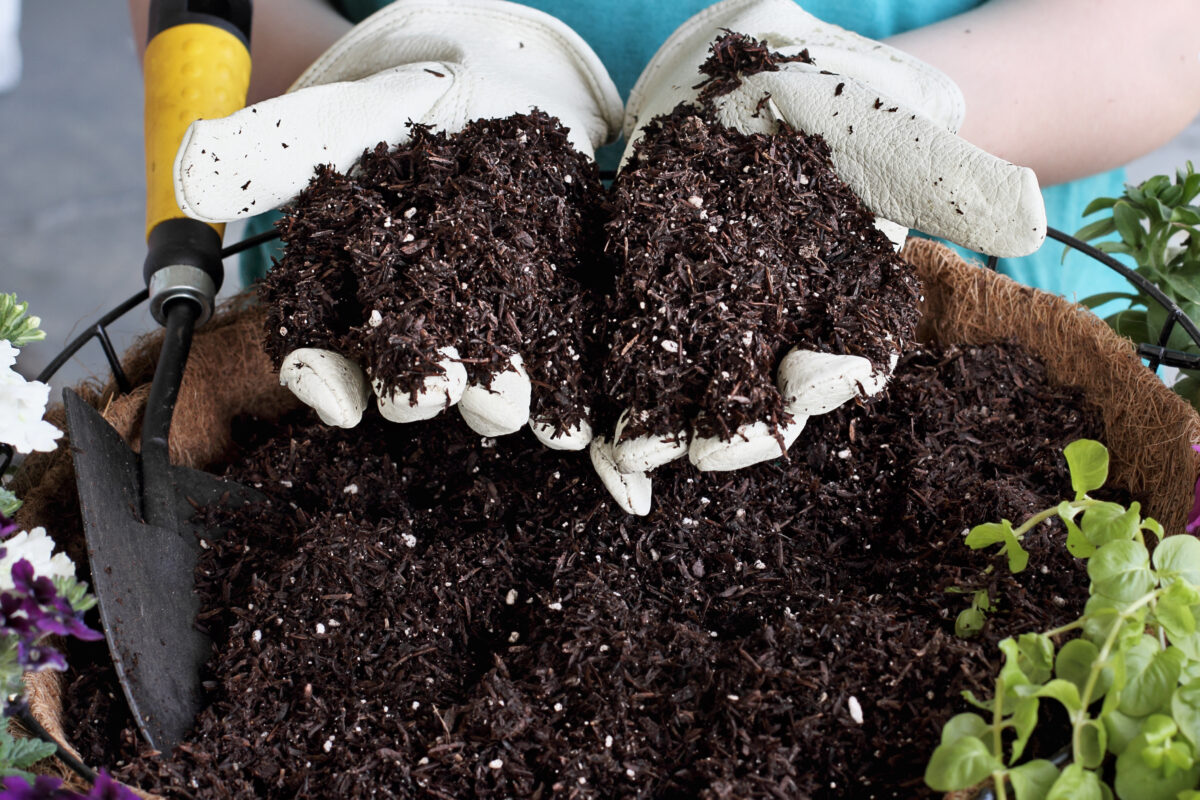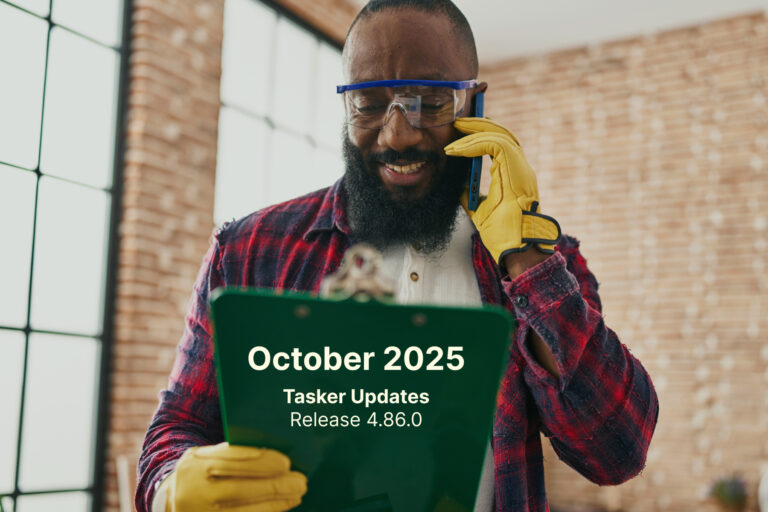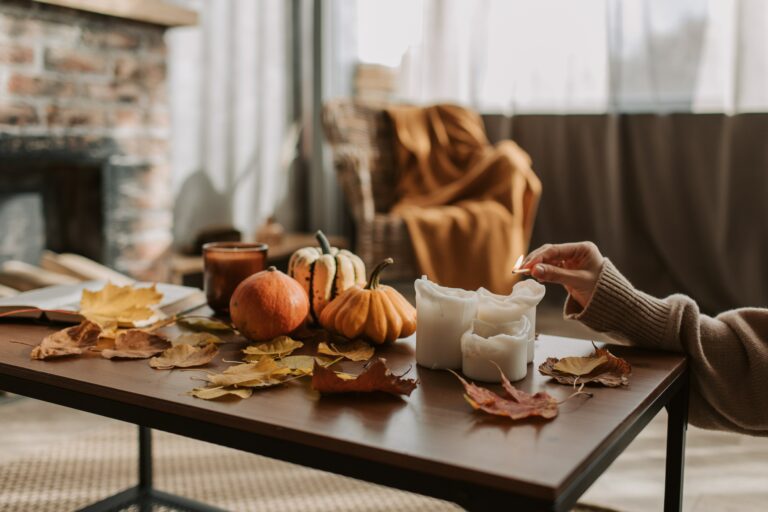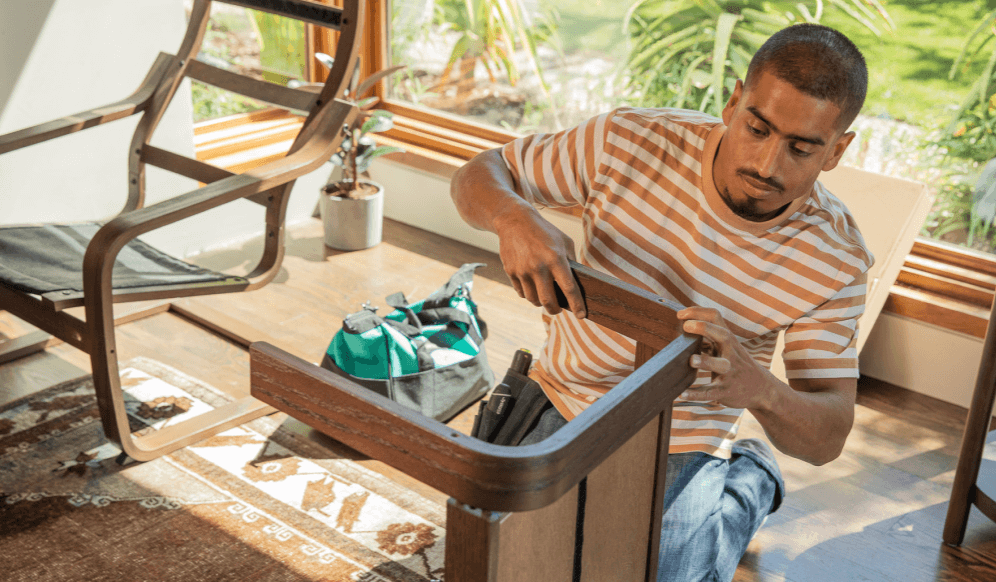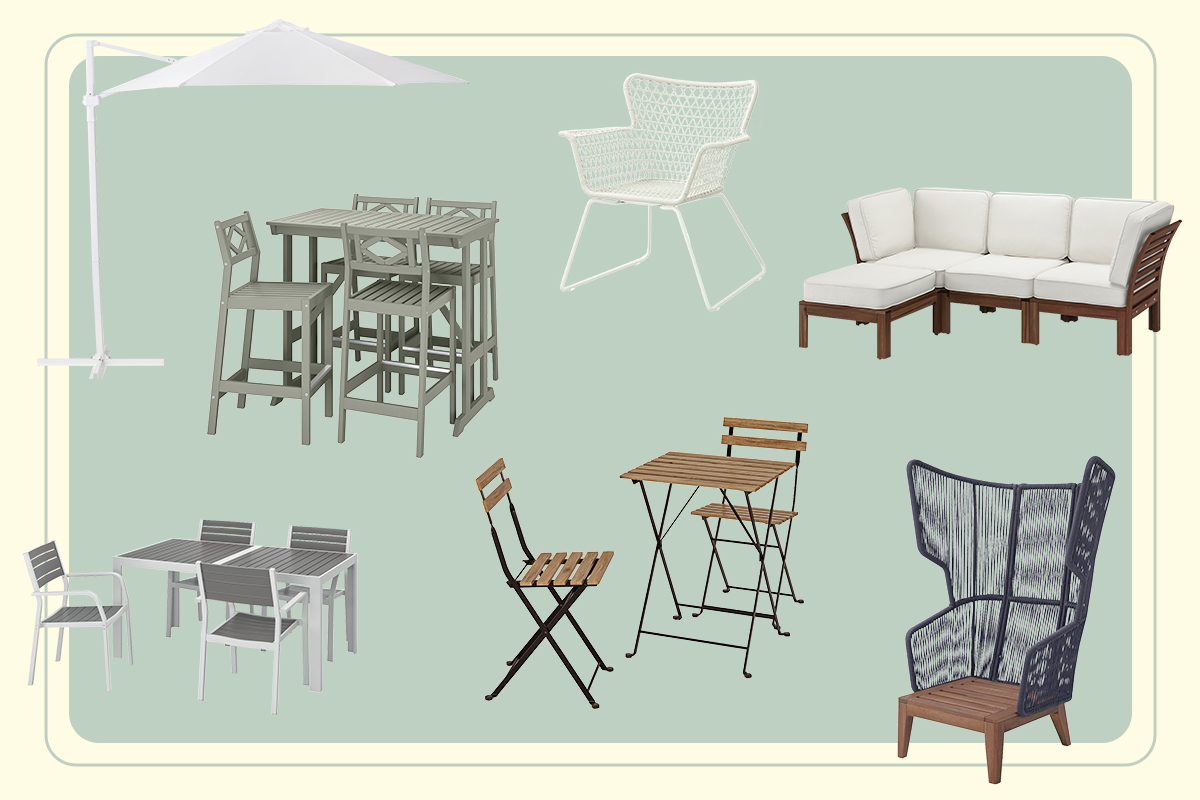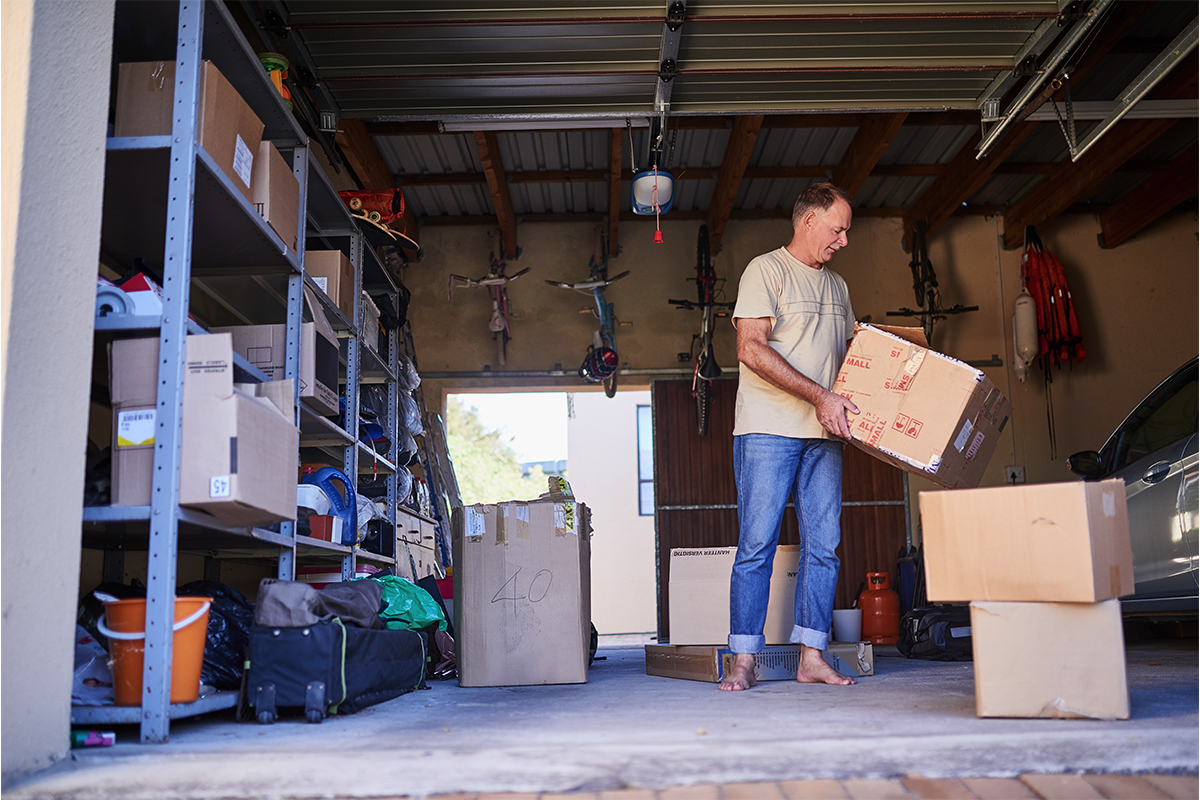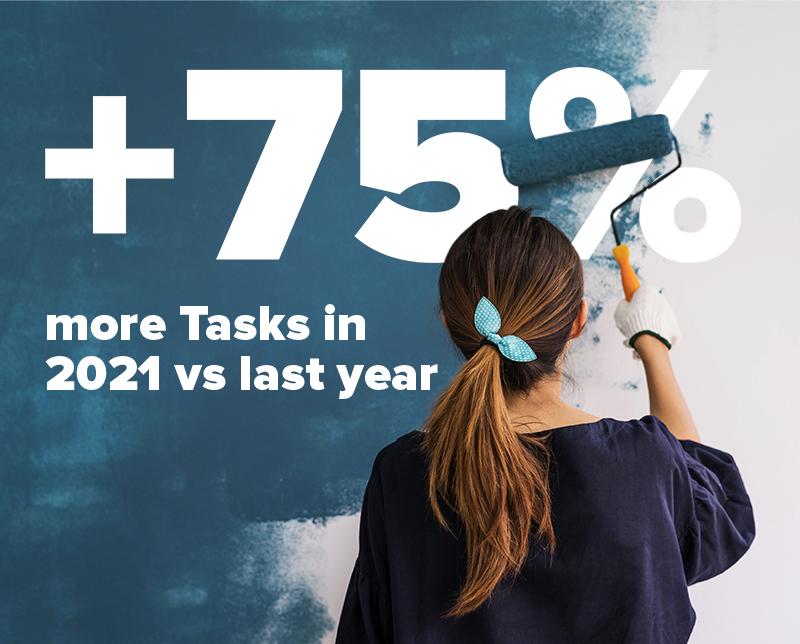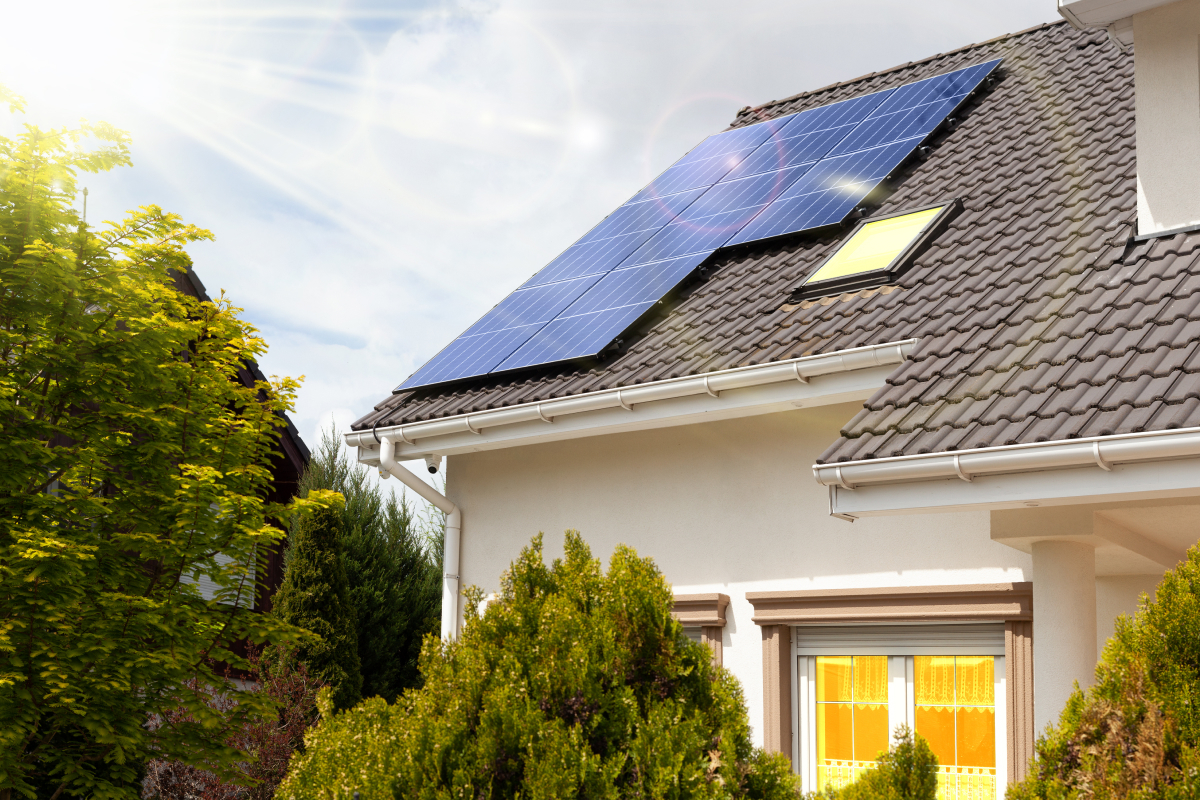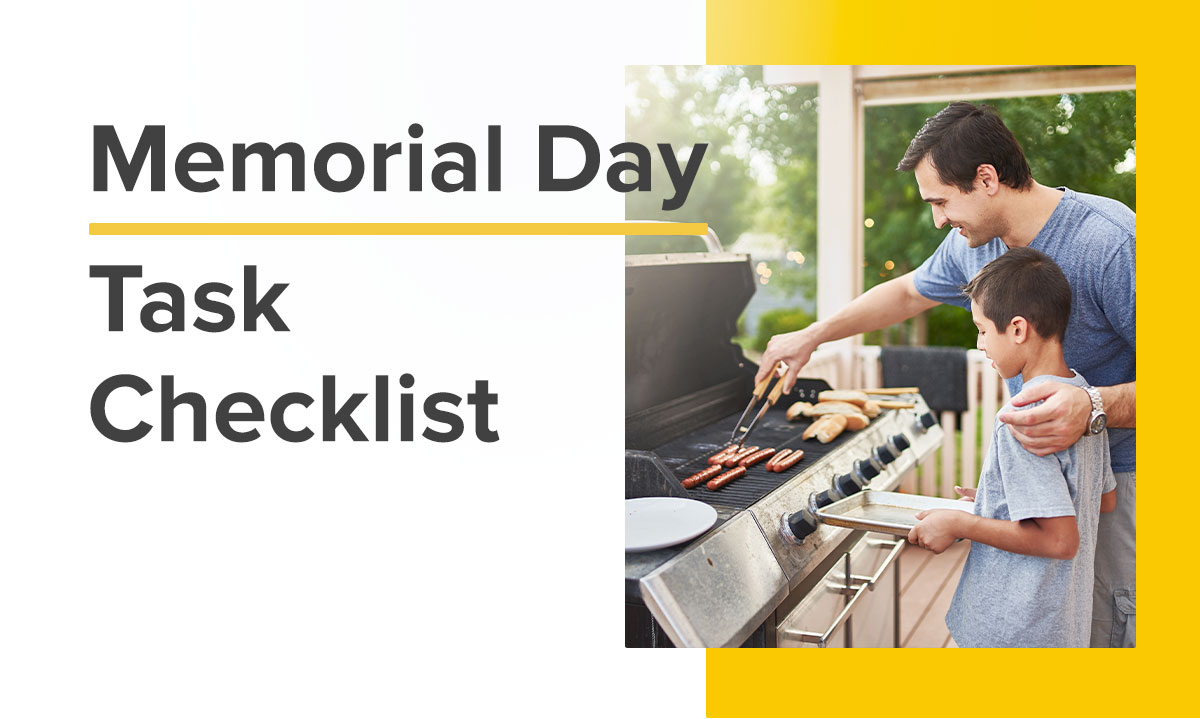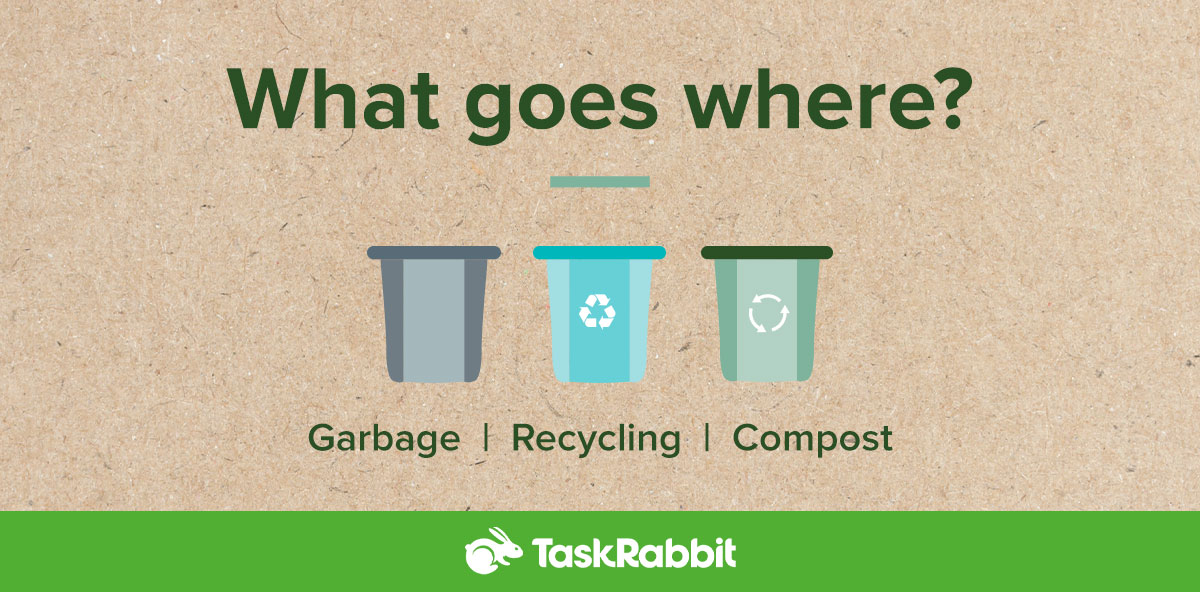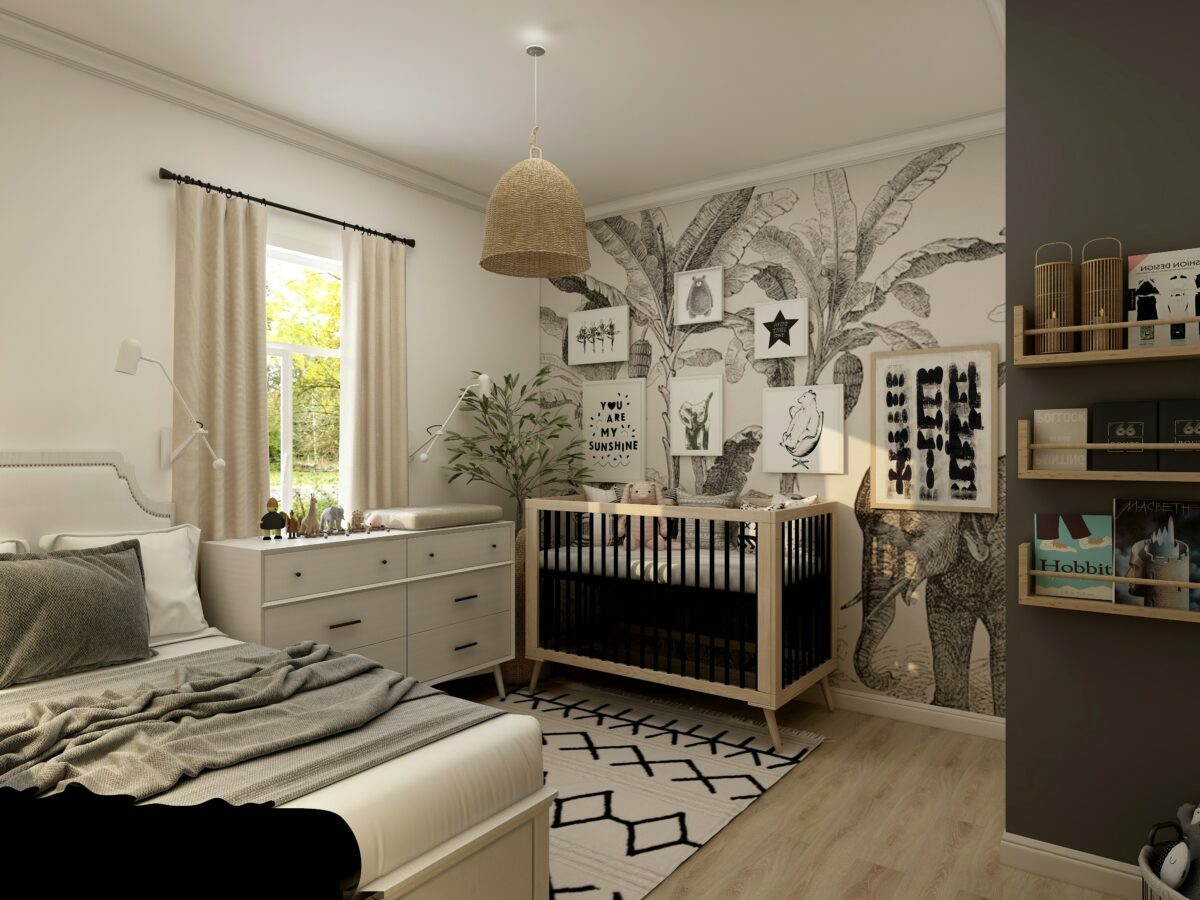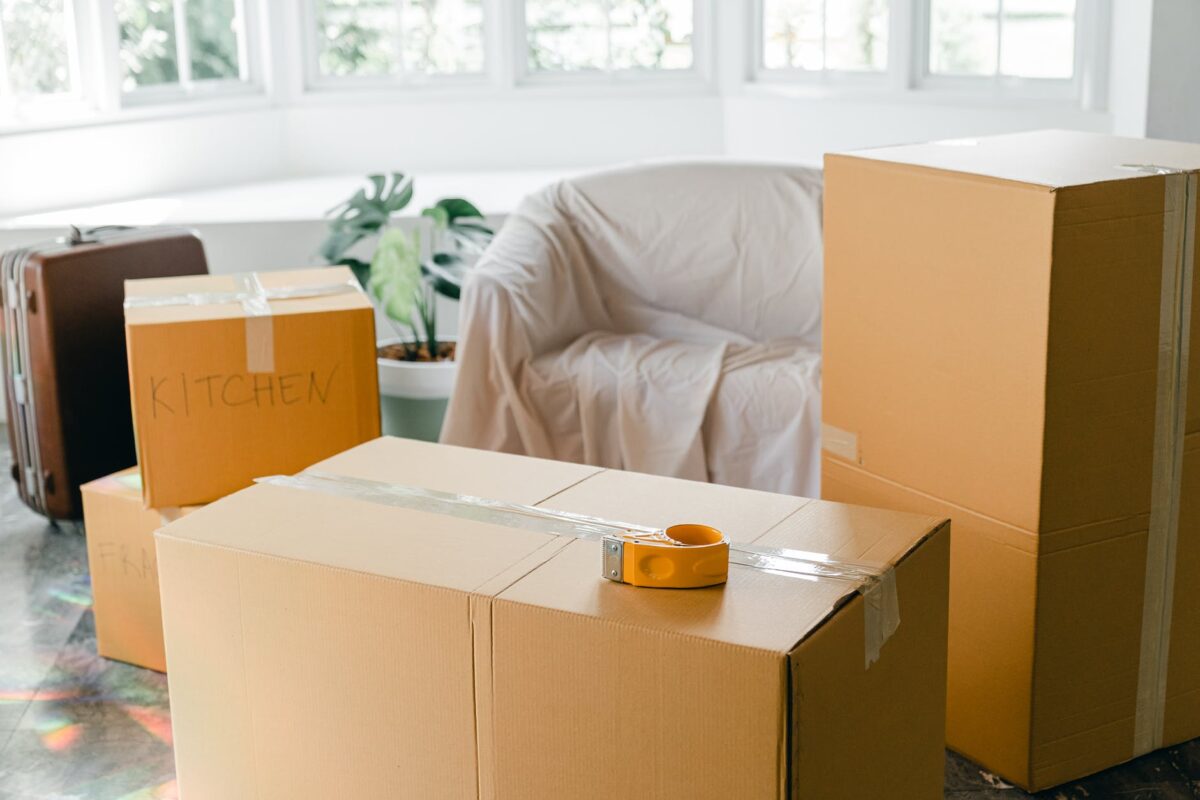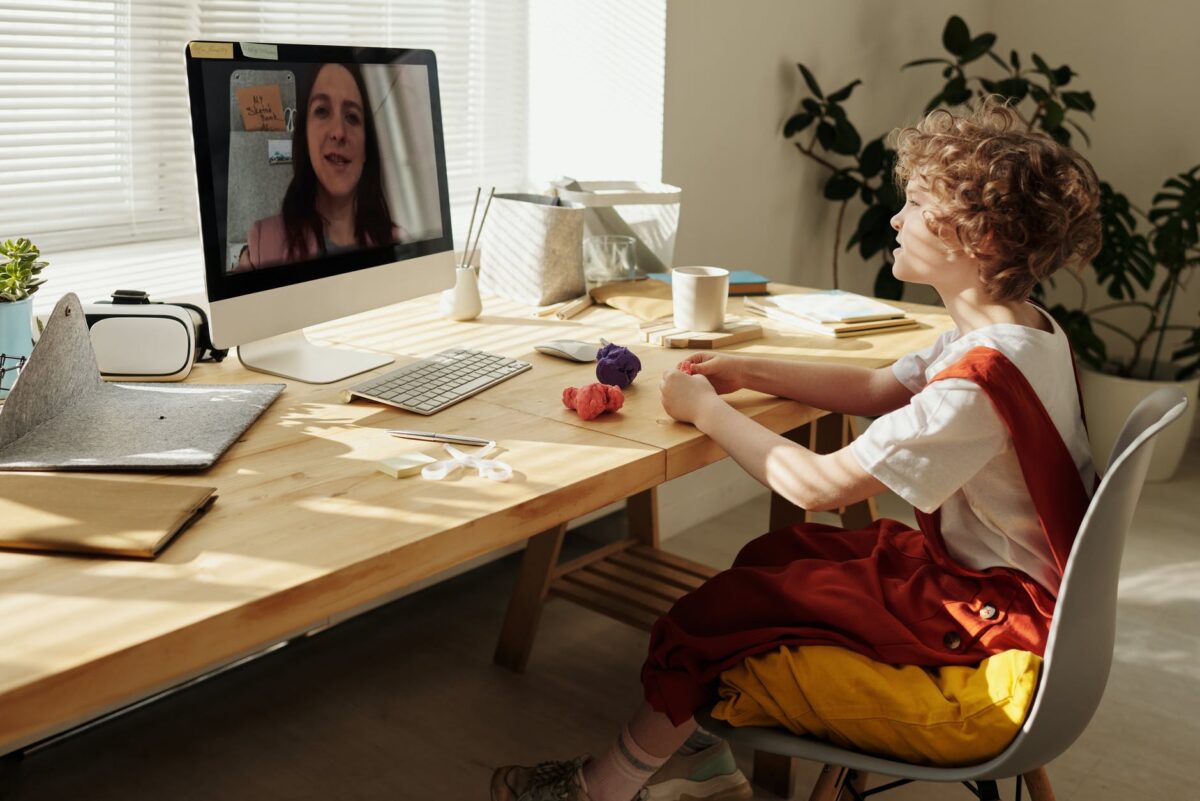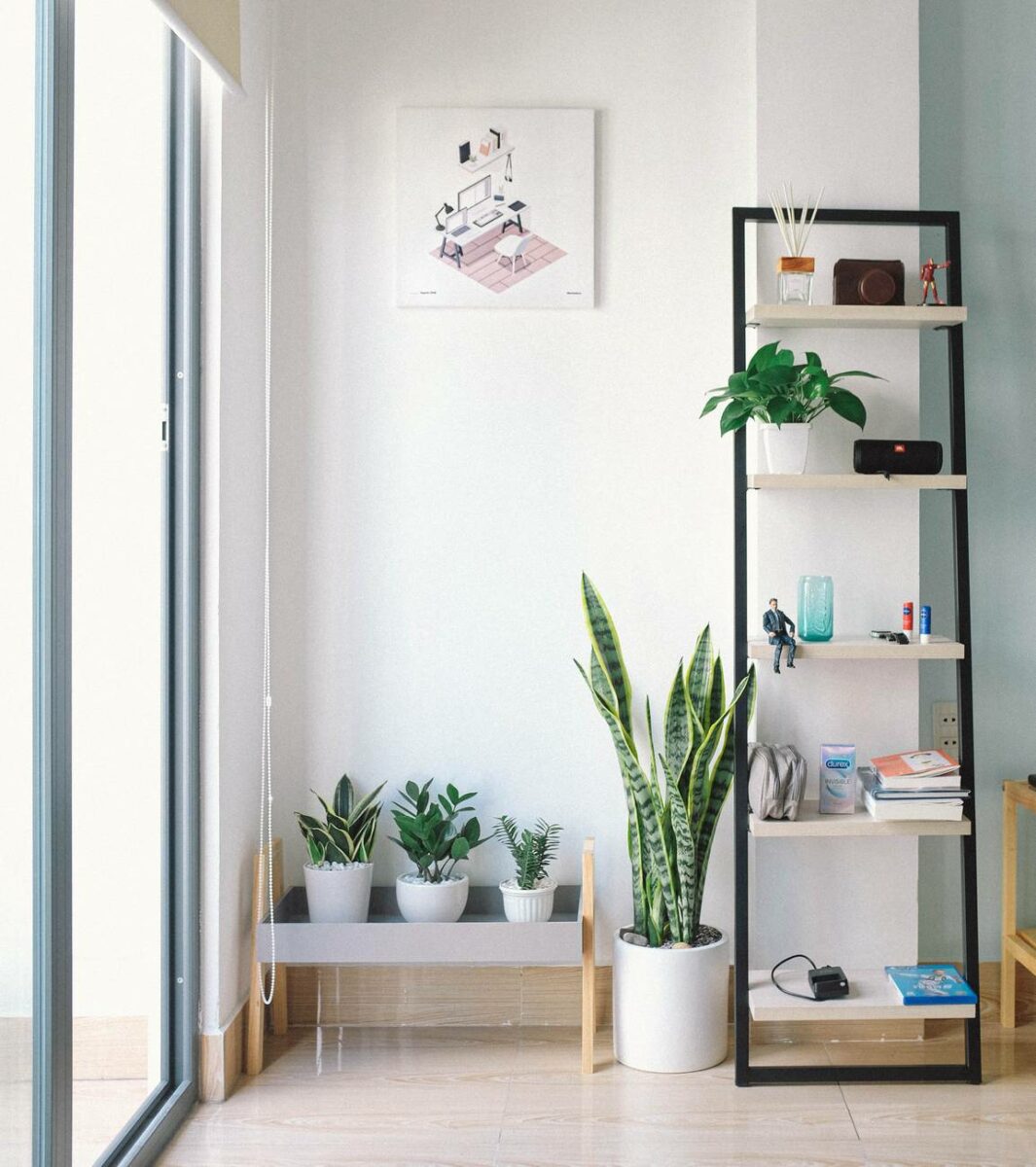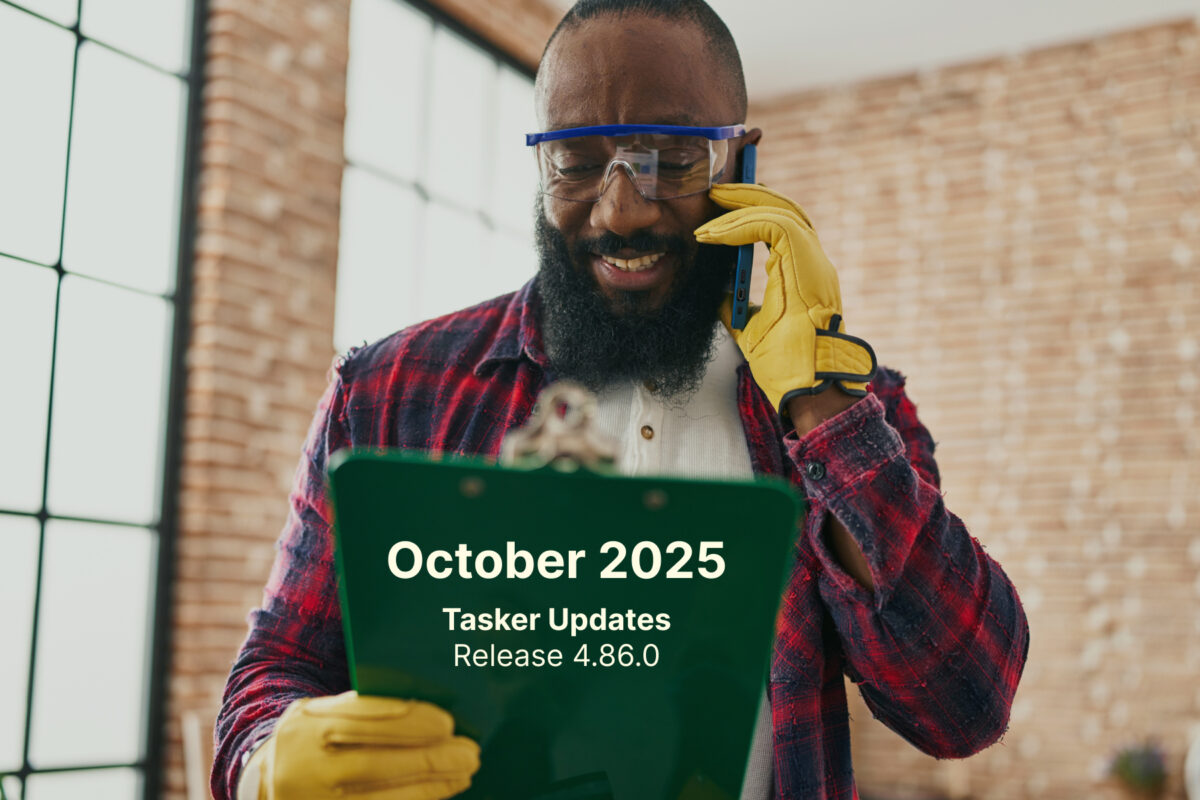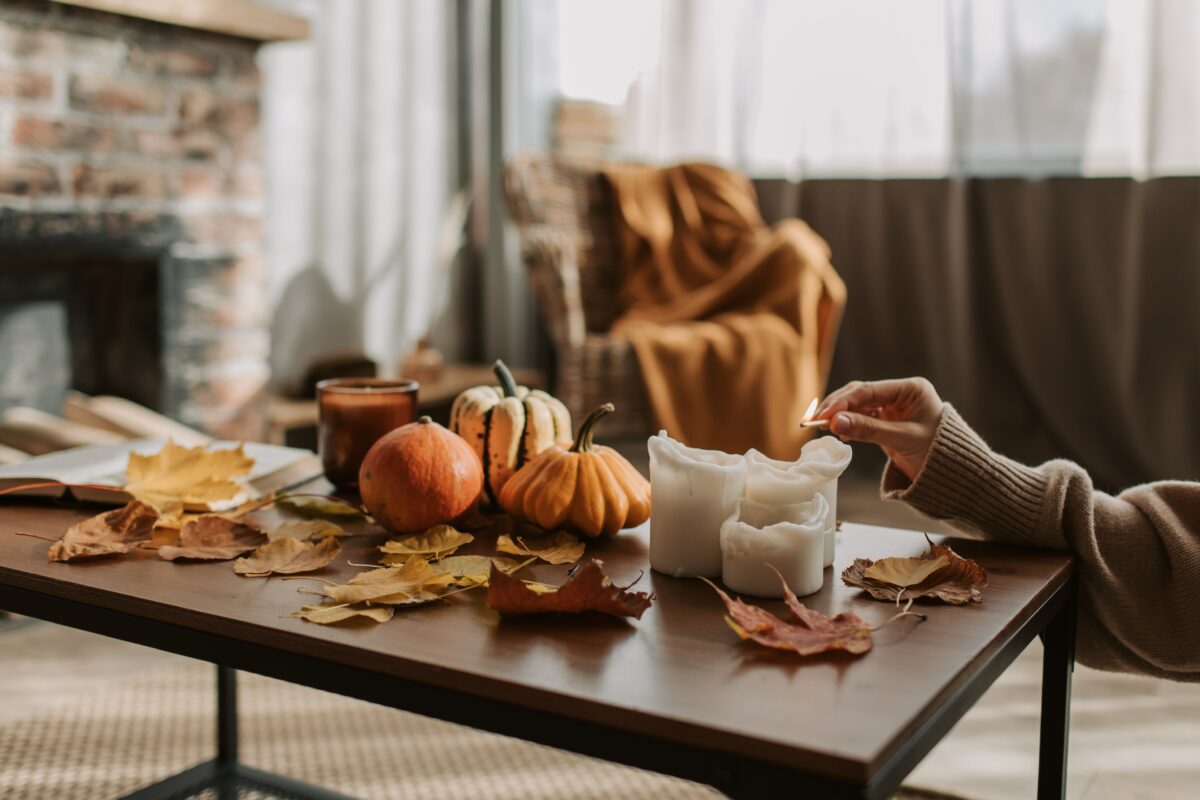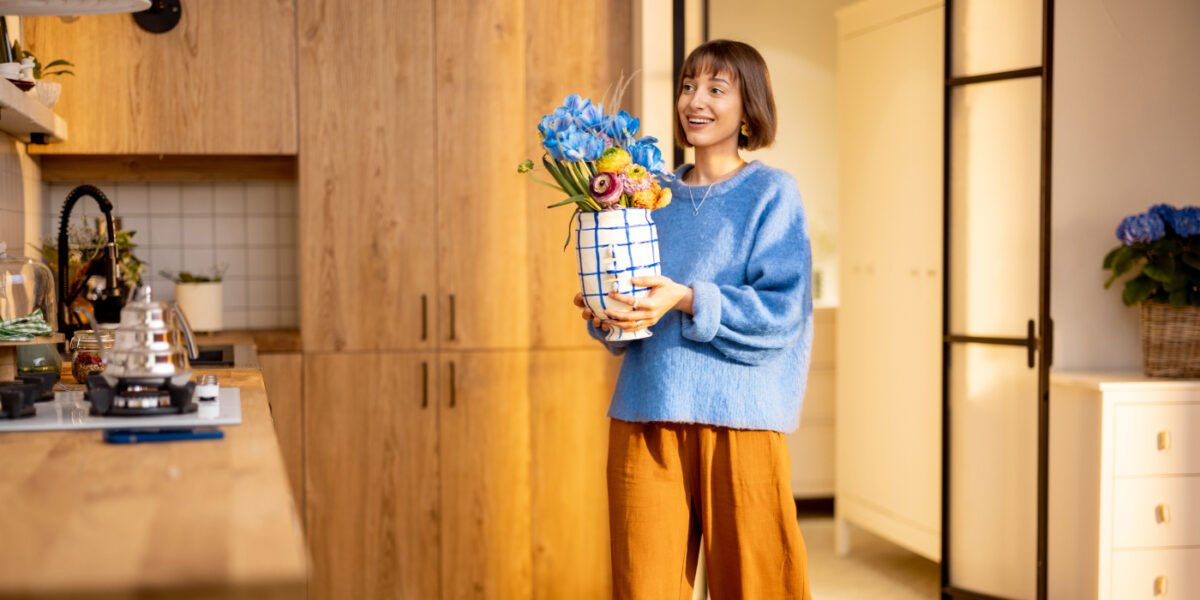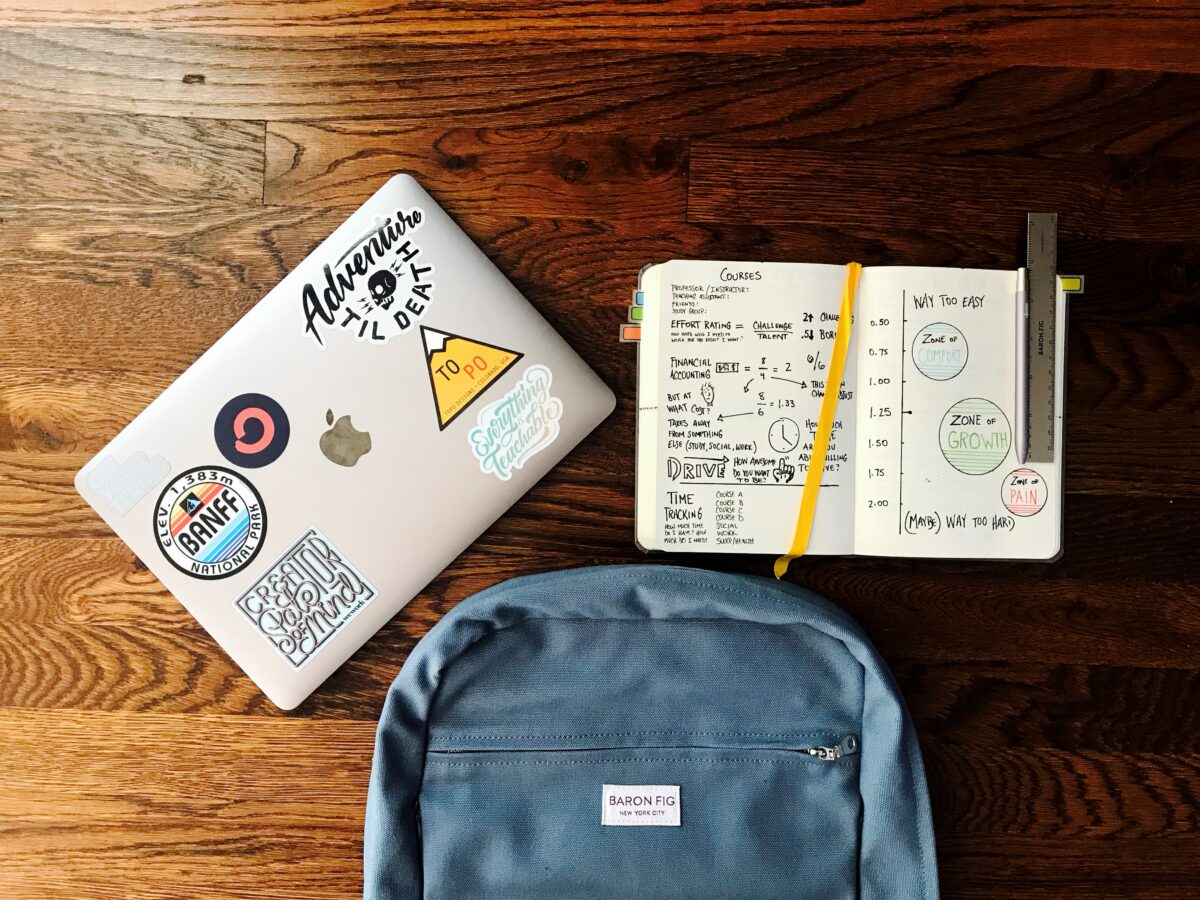Can You Reuse Potting Soil? What You Need to Know
Potting soil, also known as potting mix, is the lifeblood of healthy plants. But did you know that you can give that potting soil a second chance? Whether you’re working on a container garden or simply enjoy potted plants on your patio, you’ll want to learn about this environmentally conscious and cost-effective alternative to buying new potting soil. Ready? Let’s dig into how to reuse old potting soil to make it like new again.
Can You Reuse Potting Soil?
Yes, potting soil can be reused, but it’s essential to understand the conditions and precautions for doing so effectively. Potting soil can lose nutrients and structure over time as it supports plant growth, but with proper care, it can be rejuvenated for multiple planting seasons. Reusing potting soil not only helps reduce waste but also saves you money.
How to Reuse Potting Soil
Reusing potting soil can be an eco-friendly and cost-effective choice for gardeners, but it’s crucial to follow the right steps to ensure your plants thrive in their second home. Here are three common ways to sterilize reused potting soil:
1. Solarization
Solarization involves covering the soil with a clear plastic sheet during the hottest months of the year. The sun’s heat trapped under the plastic raises the soil temperature to levels that kill pests, diseases, and weeds.
Pros:
- Environmentally friendly as it uses natural sunlight
- Effective against a wide range of pests and diseases
- Minimal effort required once set up
Cons:
- Requires extended exposure to sunlight, typically several weeks, which can be impractical in some climates or during certain seasons
- May not be suitable for large garden plots due to the size of the required plastic sheets
2. Baking
Baking potting soil involves placing it in an oven at around 180-200°F (82-93°C) for 30 minutes to an hour, depending on the quantity.
Pros:
- Provides thorough pasteurization and effectively kills most pests and pathogens
- Can be done indoors with controlled temperature settings
- Suitable for small to medium-sized batches of soil
Cons:
- Can produce a strong, earthy odor while baking
- Time-consuming for larger quantities of soil
- Not ideal for large garden projects due to the limitations of oven space
3. Microwaving
Microwaving small amounts of potting soil involves heating it in a microwave-safe container for several minutes until it reaches a temperature sufficient to kill pests and pathogens.
Pros:
- A fast and convenient option for small quantities of soil
- Effectively kills pests and pathogens
- Can be done indoors with a household microwave
Cons:
- Limited to small quantities of soil, making it impractical for larger projects
- May require multiple batches if you have a significant amount of soil to sterilize
- Heating can be uneven, leading to inconsistent results
Does Potting Soil Go Bad?
You might be wondering, “How long is potting soil good for?” and when’s a good time to invest in new potting soil. Like garden soil, potting soil does not necessarily go bad in the traditional sense, but its quality can deteriorate over time. Its lifespan largely depends on how it’s stored and maintained. Typically, bagged or bulk potting soil has a shelf life of about one to two years when stored in a cool, dry place, away from direct sunlight and moisture. However, the effectiveness of potting soil can decline over time due to several factors.
One critical factor is the depletion of essential nutrients. As new plants grow in the potting soil, they absorb nutrients, leaving the soil less fertile. Over time, this nutrient depletion can impact plant health and growth, making it necessary to replenish it with fertilizers. Additionally, potting soil can become compacted, reducing its aeration and drainage properties, which are crucial for root health. This compaction can occur through regular watering, plant root growth, and settling over time. While potting soil may not go bad in the same way perishable food items do, its effectiveness can diminish with age, making it necessary to replenish soil nutrients for optimal plant health.
How to Refresh Potting Soil
Refreshing potting soil is a vital step in maintaining a healthy garden and maximizing the longevity of any potting mix. To revitalize aging potting soil, start by replenishing essential nutrients. Adding organic matter like coffee grounds from the compost pile or compost bin can infuse the soil with much-needed nutrients and improve its overall fertility. If you don’t have a compost pile, peat moss, coir, and worm castings are tools available at a garden center that can help. These organic materials enrich the soil with beneficial microbes and enhance its ability to retain moisture and nutrients, promoting robust plant growth.
When reusing potting soil, you can also consider adding perlite or vermiculite as part of the soil revitalization process, especially if the soil has become compacted or if you want to enhance its overall quality. These materials are often added to potting mixes to improve soil structure, aeration, and drainage.
FAQs About Reusing Soil Mix
Do you throw away old potting soil?
You do not necessarily have to throw away old potting soil. Instead, you can choose to reuse or refresh it, depending on its condition. If the potting soil has not been heavily contaminated with pests, diseases, or has a lack of nutrients, it can be revitalized and reused for planting.
Is it OK to reuse potting soil?
Yes, it is generally okay to reuse potting soil with proper care and rejuvenation. Reusing potting soil can be sustainable and cost-effective, but it’s essential to refresh it by replenishing nutrients, adjusting pH levels if needed, and improving its aeration and drainage properties.
How do you revitalize and reuse potting soil?
To revitalize and reuse potting soil, start by adding organic matter like compost or well-rotted manure to infuse nutrients and enhance fertility. Adjust the pH levels if necessary, and fluff up the soil to improve aeration and drainage. This process helps maintain optimal conditions for plant growth.
Does potting soil go bad if not used?
Potting soil does not necessarily go bad if not used, but its quality can deteriorate over time. The shelf life of potting soil is typically one to two years when stored properly. However, the effectiveness of potting soil can diminish due to nutrient depletion and compaction, so it’s essential to refresh it periodically.
How often do you need to replace potting soil?
The frequency of replacing potting soil depends on several factors, including the type of plants you are growing and the soil’s condition. In general, it’s recommended to replace potting soil every two to three years. However, if you notice a decline in plant health or growth, refreshing the soil more frequently may be necessary. When you do decide it’s time, make sure to replace your soil before the growing season.
A Tasker Can Refresh Used Potting Soil
In the quest for thriving plants, the assistance of a skilled Gardening Tasker can be invaluable. From rejuvenating potting soil to planting, weeding, and providing expert care, Taskers can help home gardeners keep everything from houseplants and container plants to flower beds and veggies flourishing.
Last updated on May 8, 2025 by Matthew Massee
